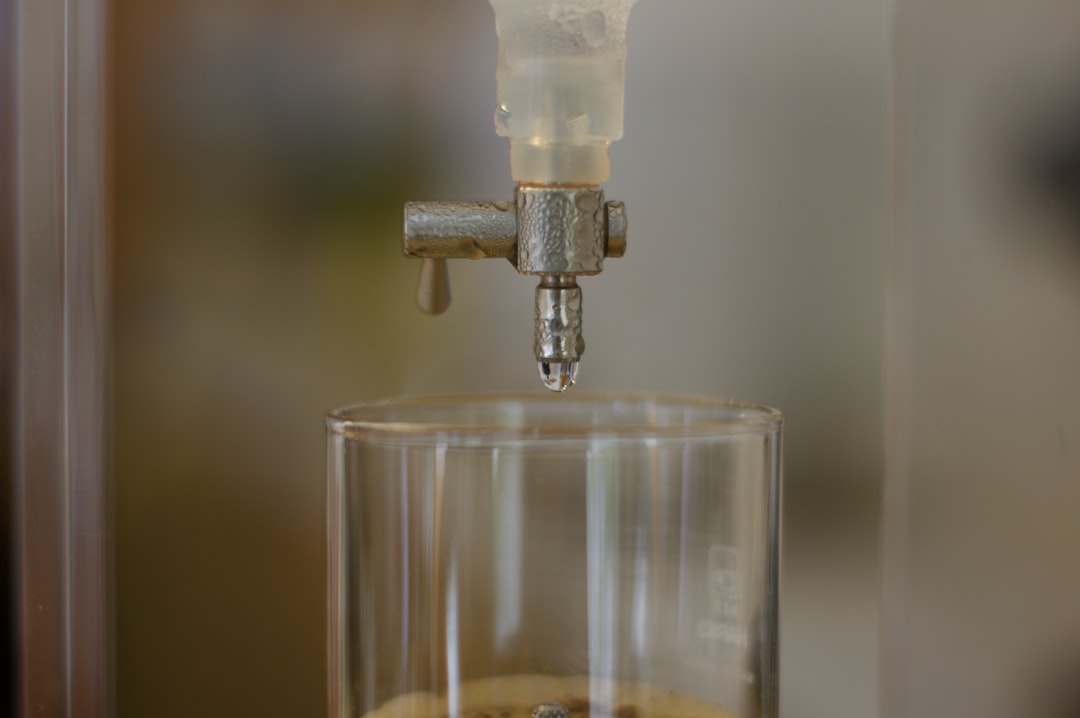Whether you’re dropping sugar into your morning coffee or watching oil sit stubbornly atop a bowl of vinegar, the concept of solubility plays an invisible yet crucial role in our everyday lives. Solubility determines how substances interact in liquids, explaining why some materials dissolve seamlessly while others simply refuse to cooperate. But what exactly does solubility mean, and why do some compounds just not mix?
TLDR:
Solubility refers to a substance’s ability to dissolve in a solvent, forming a uniform solution. This phenomenon is governed by principles of chemistry including molecular structure, polarity, and temperature. Substances that don’t dissolve well often have incompatible molecular properties with the solvent. In simple terms, “like dissolves like,” meaning polar solvents tend to dissolve polar substances and nonpolar solvents dissolve nonpolar substances.
What Is Solubility?
Solubility is defined as the maximum amount of a substance (solute) that can dissolve in a given quantity of a solvent at a specified temperature and pressure. When a solute dissolves, its molecules disperse uniformly in the solvent, forming a solution. The solubility of a substance depends heavily on the nature of both the solute and the solvent.
The most commonly known solvent is water, often dubbed the “universal solvent” because of its ability to dissolve a wide range of substances. Yet, even water has its limitations. Metallic elements, oils, and many polymers, for instance, resist dissolving in water, highlighting the fact that solubility is not universal but conditional.
Factors That Influence Solubility
Several key factors determine whether a solute will dissolve in a solvent or stubbornly resist mixing. These include:
- Polarity: The polarity of molecules—whether they have a charge distribution—plays a huge role. Polar solvents like water dissolve polar solutes (such as sugar), while nonpolar solvents like hexane are best for nonpolar solutes (like oil).
- Temperature: In most cases, an increase in temperature improves solubility for solids and liquids, but may decrease solubility for gases.
- Pressure: Particularly relevant for gases, improvements in pressure can increase gas solubility in liquids (e.g., carbon dioxide in soda).
- Intermolecular Forces: The strength and type of forces (e.g., hydrogen bonding, Van der Waals forces) between solute and solvent molecules affect how well they mix.
Why Some Things Simply Refuse to Dissolve
Despite your best efforts, some substances steadfastly resist dissolving in certain liquids. This typically comes down to incompatible molecular properties.
Consider oil and water. Water is a polar molecule using hydrogen bonding, while oil is made of long nonpolar hydrocarbon chains. Because water molecules prefer each other over the hydrocarbons, they effectively exclude the oil, causing the classic separation we observe in everything from salad dressing to environmental oil spills.

Other examples include plastic in water or sand in alcohol. The varying chemical bonds and structures make it improbable for the substances to distribute evenly, thus making them insoluble under normal conditions.
“Like Dissolves Like” – A Rule of Thumb
One of the guiding principles in chemistry to understand solubility is the phrase “like dissolves like.” This essentially means:
- Polar solutes will dissolve in polar solvents.
- Nonpolar solutes will dissolve in nonpolar solvents.
This concept is why salt (a highly polar ionic compound) dissolves in water but not in oil, and why certain medicines must be “compounded” with suitable solvents to be effective in liquid form. The interaction between molecules of similar polarity facilitates the breaking of bonds in the solute and formation of new, uniform bonds with the solvent.
Solubility, Saturation, and Supersaturation
When a liquid has dissolved as much solute as it possibly can under given conditions, it reaches what chemists call saturation. If more solute is added beyond this point, it will not dissolve. Instead, it will either float, sink, or crystallize out of the solution.
A solution that holds more solute than it ideally should at a particular temperature is called supersaturated. These solutions are unstable and can rapidly become saturated again with a disturbance. Rock candy, for example, is made by cooling a supersaturated sugar solution, which forms crystals as the excess sugar precipitates.

Applications of Solubility in Everyday Life
Understanding solubility has practical implications in many areas of life and industry:
- Pharmaceuticals: Drug formulation relies heavily on solubility to ensure medications dissolve and absorb properly in the body.
- Cooking: Knowing what will dissolve in water or oil can improve culinary techniques, such as making emulsions (e.g., mayonnaise).
- Cleaning: Cleaning solutions are designed to dissolve specific types of dirt, fat, or residues based on solubility principles.
- Environmental Management: Oil spill cleanups and water purification systems take into account which substances can be separated or dissolved.
Solubility in Gases and Liquids
Gases behave differently when it comes to solubility. Unlike solids, gas solubility in liquids generally decreases with increasing temperature. This is one reason why soda goes flat faster when warm—the dissolved carbon dioxide escapes more readily. Meanwhile, pressure increases can force more gas into a solution, a principle used in carbonation and SCUBA diving safety.
Challenges and Innovations in Solubility
Challenges in solubility often determine the viability of pharmaceuticals, industrial processes, and even product design. Chemists constantly seek ways to modify solutes or solvents to improve compatibility. Nanoemulsions and solubilizing agents are modern techniques used to mix previously non-cooperative substances.
In some cases, solubility can be ‘tricked’ through the use of co-solvents or surfactants, which help bridge the gap between incompatible molecules. For example, ethanol can dissolve in both water and oil to some extent, making it a useful carrier in herbal tinctures and perfumes.
Conclusion
Solubility is a foundational concept in chemistry, explaining how and why materials mix—or don’t—when placed in liquids. Governed by molecular properties such as polarity, bonding, and temperature, solubility has far-reaching implications from the kitchen to the laboratory.
Understanding solubility doesn’t just unveil scientific truths; it opens doors to better drug development, cleaner environments, and tastier meals. So the next time your sugar sweetens your tea effortlessly or your vinaigrette separates, you’ll know that behind those simple acts lies a complex and fascinating world of molecular interactions.
